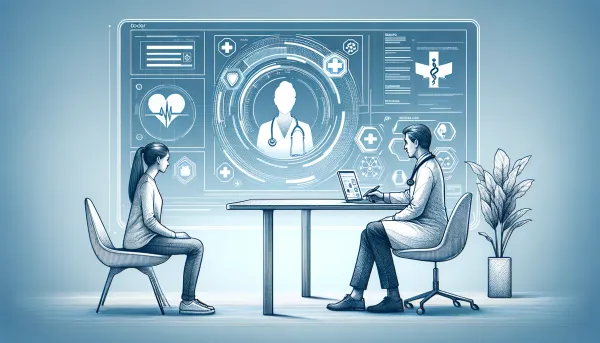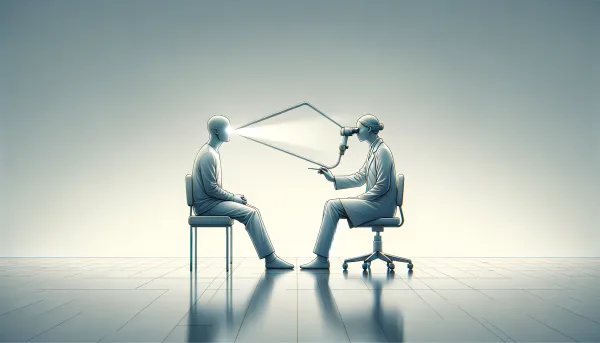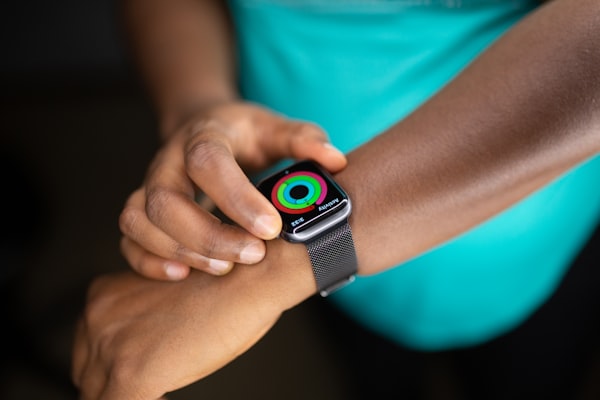Generalists, 2015 Nobel Prize, Alzheimer's disease and Migraines
This week's MashUp includes some resources on generalists, 2015 Nobel Prize, an Alzheimer’s disease, migraines and a medical toolkit for developers.

I hope you're doing well and slowly returning to a (more) normal life.
This week I included some resources on specialists vs generalists, a 2015 Nobel Prize winner, an Alzheimer’s disease research paper, migraines in children and a medical toolkit for developers.
Specialists vs Generalists
As you know, Sunday MashUp is all about widening perspectives and knowledge in medicine. That’s why I like to include resources that reach right to the brink of it.
I came across a few great (and similar) resources about generalists from a couple different perspectives.
The first one comes from a UCL medical student, Yath Premadasan, that I know from LinkedIn. He wrote a great post titled “Don’t Be A Generalist”. While that might seem a bit contradictory, he argues that instead, you should be a specialised generalist. This means you choose a few fields in which you get really good and make that your niche.
That’s exactly what I want to achieve personally. I’m a medical student, who does some web development, is into sports and writes this newsletter. This is (currently) my combination of skills that is somehow unique and (I believe) will pay off in the long run.
Sunday MashUp stems from that combination. I want to provide you (and me) with these medical-ish resources that might inspire you. Most of the time they probably won’t interest you. But all it takes is that one link that will inspire you and start digging. I say have a general perspective about what can be tied to medicine (or anything really), pick one, dive deep and be good at it. Then do it again.
Yath’s post was a great summary of an article from The Dilbert Blog by Scott Adams and a video on the same topic by Tim Ferriss.
Tu Youyou is the first woman to have won the Nobel Prize in Physiology or Medicine in 2015 for discovering the cure for Malaria. She’s also known as the “professor of the three no’s”. No membership in the Chinese Academy of Sciences, no research experience outside of China, and no postgraduate degree. “Yet she was interested in both modern medicine and history, and was inspired by a clue in a recipe for medication made from sweet wormwood, written by a fourth-century Chinese alchemist.” And voila, she discovered a cure for Malaria, even though scientists tested about 240,000 compounds before that. Another amazing proof that being a generalist (or a “specialised generalist”) is worth it. Read more about her and her discovery here.
The Brain
Here’s a study from Nature Medicine that did a proteomic analysis of Alzheimer’s disease brain and cerebrospinal fluid (CSF). This the largest proteomic study to date as they analysed more than 2000 brain and 400 CSF samples. They looked at a lot of different proteins that they found in the samples and correlated them with each other. These so-called “protein networks” were then linked to disease processes. In this case, a protein network linked to sugar metabolism was significantly associated with AD pathology and impairment. A practical application of this is that we may be able to approach drug development by targeting these protein networks. It’s an insanely complex paper and I needed quite a while to somewhat understand it, but here’s the link if you’re interested.
Migraines are often misdiagnosed in children, according to this article. They are a chronic neurological disease and a lifelong disease. I didn’t know they “can start as early as infancy, occur in up to 3 percent of 3- to 7-year-olds, up to 11 percent in kids ages 7 to 11, and up to 23 percent by age 15 in the United States, according to some estimates.” The majority of these children also end up with migraines as adults. But there’s an interesting difference between the two. In adults, they typically occur on one side of the head. In children, however, the pain stretches across the entire forehead. They are often misdiagnosed because we don’t think about migraines when a child has a headache. The second reason why is because children sometimes have problems explaining what’s going on. The article also discusses some creative ways to diagnose it.
Tech
SetHealth is a medical toolkit for developers. This allows developers of medical apps and products to launch them faster by handling medical data, analysing and encrypting them etc. It does the hard work while developers can focus on making the product. I find this tool awesome and full of potential.
It’s also a coincidence I found them on ProductHunt after having dismissed the platform for quite a while…




